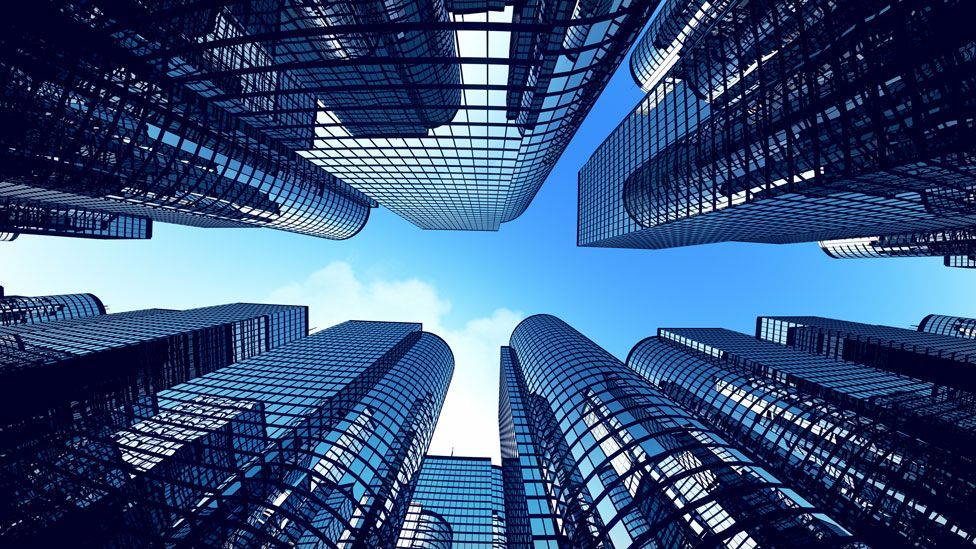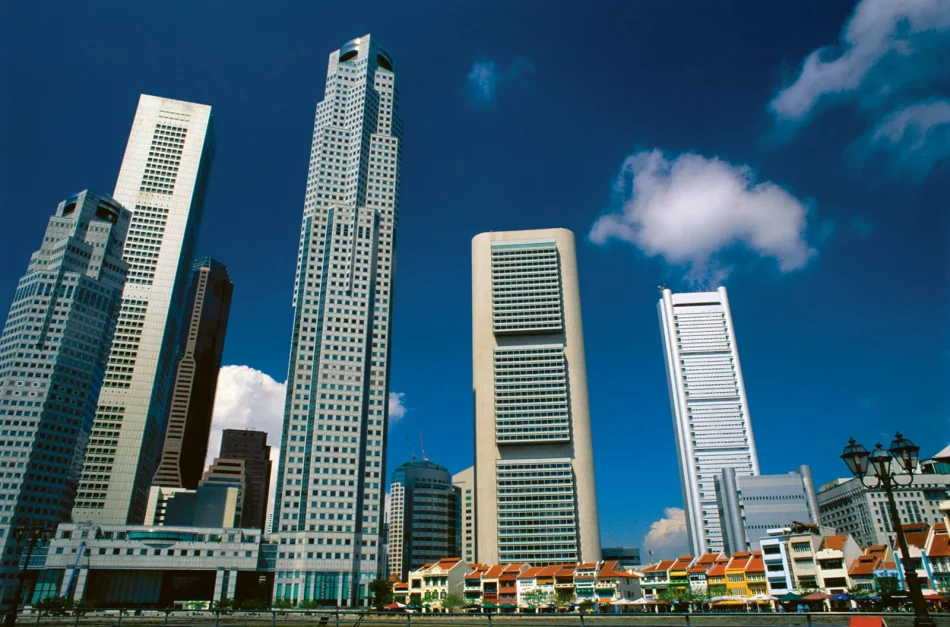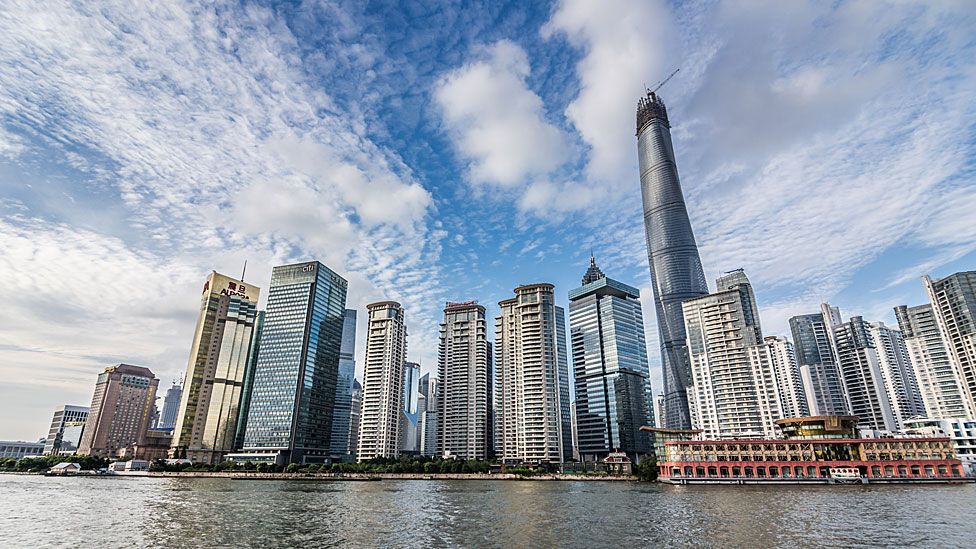The rising prices of land and increased population growth have led to more and more skyscrapers springing up in urban areas. These maximise space for both residential and commercial growth. Humans keep testing the limits of urban theory to avail both environmental and economic benefits.
Graana.com gives a detailed overview of skyscrapers below.
What Is a Skyscraper?

A skyscraper refers to any tall building that is used for human habitation. In most cases, a structure is referred to as a skyscraper if it towers over the other structures in its immediate vicinity and noticeably alters the skyline of a city.
Previously, the term was only used for structures with 10 or more storeys. Today, the height of a skyscraper in the United States should be no less than 150 metres. In some parts of the world, a structure that is at least 80 metres (about 262 feet) tall may still be referred to as a skyscraper.
A Brief History of Skyscrapers
Historically speaking, a skyscraper was a tall mast or sail on a sailing ship. The term was not used for a building until the late nineteenth century, when the public was in awe of the structures that were being built in Chicago and New York City at the time.
Later on, architectural historians developed a structural explanation for the word “skyscraper”, basing it on the technical advancements of the 1880s that had made it possible to create tall structures with several storeys. Skyscrapers now refer to the tallest buildings to exist.
Construction of Skyscrapers

The raw materials used in the construction of skyscrapers are as follows:
Reinforced Concrete
Reinforced concrete, is a type of concrete, that is a mixture of water, cement powder, and aggregates, which can be gravel or sand. The concrete is poured around a gridwork of steel rods, which is known as rebar, which strengthens it after it has dried and protects it from the bending motion caused by the wind.
Although concrete has a natural resistance to compression, the tremendous weight that had to be placed on the structure in a skyscraper required a new kind of concrete that was more than twice as strong as the typical variety.
Because of their increased surface area, the extremely fine particles used in this high-strength material contributed to the formation of a more robust bond than traditional concrete.
Steel
Steel, which is an alloy of iron and carbon, is the other principal raw material that is used in the construction of skyscrapers. Steel beams of specific sizes and shapes are brought to the site just as they need to be placed.
This is because nearby structures frequently limit the amount of space available for construction activity and the storage of supplies. In order to shield the beams from heat and corrosion before they are shipped out, a mixture of plaster and vermiculite, which is mica that has been subjected to heat and expanded to form particles resembling sponges, is painted on them.
After each beam is welded into its new position, the fresh joints are sprayed with the same material that makes up the coating. An extra layer of insulation might be added. One example of this would be fibreglass batting covered with aluminium foil.
Concrete and steel are frequently combined in the construction of skyscrapers to make the most of the beneficial properties of both materials. Pouring concrete around a steel beam can sometimes result in the formation of a support column.
Other Materials
Sheets (referred to as ‘cladding’) made of glass, metals (such as aluminium or stainless steel), or masonry materials (such as granite, marble, or limestone) are used to construct the outside walls of a building.
Design of Skyscrapers

Design engineers are responsible for translating the architect’s concept of the building into a feasible plan that will not compromise on its structural integrity. The lateral wind pressure exerted on a skyscraper is more detrimental to the building’s integrity than the combined weight of the structure and its components.
Each skyscraper design is unique. A reinforced concrete skeleton that is in-filled with cladding panels to form the exterior walls, a central concrete core (open column) large enough to contain elevator shafts and other mechanical components, an array of support columns around the perimeter of the building that is connected by horizontal beams to one another and tethered to the roof, and a steel skeleton that is hidden behind non-load-bearing curtain walls are some of the major structural elements of the building.
Famous Skyscrapers in the World
Here is an overview of some of the most well-known skyscrapers in the world.
Burj Khalifa
Standing at a height of 2,722 feet, Burj Khalifa is currently the tallest building in the world. Opened in 2010, it currently holds 19 records, one of which is for being the world’s highest nightclub, which is located on the 144th level. It covers a total area of 3.3 million square feet, and there are 58 elevators to take visitors to any one of the 211 levels.
The Petronas Tower
This structure is the highest twin building in the world, reaching a height of 1,483 feet. This is approximately half the height of the Burj Khalifa. A sky bridge with two levels connects the two towers on the 41st and 42nd floors.
Bitexco Financial Tower
The lotus blossom (the national flower of Vietnam) helipad that protrudes from the side of this skyscraper is the most distinctive characteristic of the structure. The observation deck is conveniently located next to the helipad, so visitors can take in the breathtaking views.
One World Trade Center
The construction of this structure was finished in 2014, and it currently holds the title of being the tallest building in the Western Hemisphere. Its height is 1,776 feet, which represents the year when the United States of America achieved independence.
Kingdom Centre
Buildings in Riyadh are only allowed to have a maximum of 30 usable floors due to a restriction imposed by the city. However, this law does not impose any limits on the overall height of a building. Because of the enormous gap that exists in the centre of the very top of the tower, only 30 of the building’s 99 total floors are actually being put to any kind of productive use.
For more informative content, visit the Graana blog.




